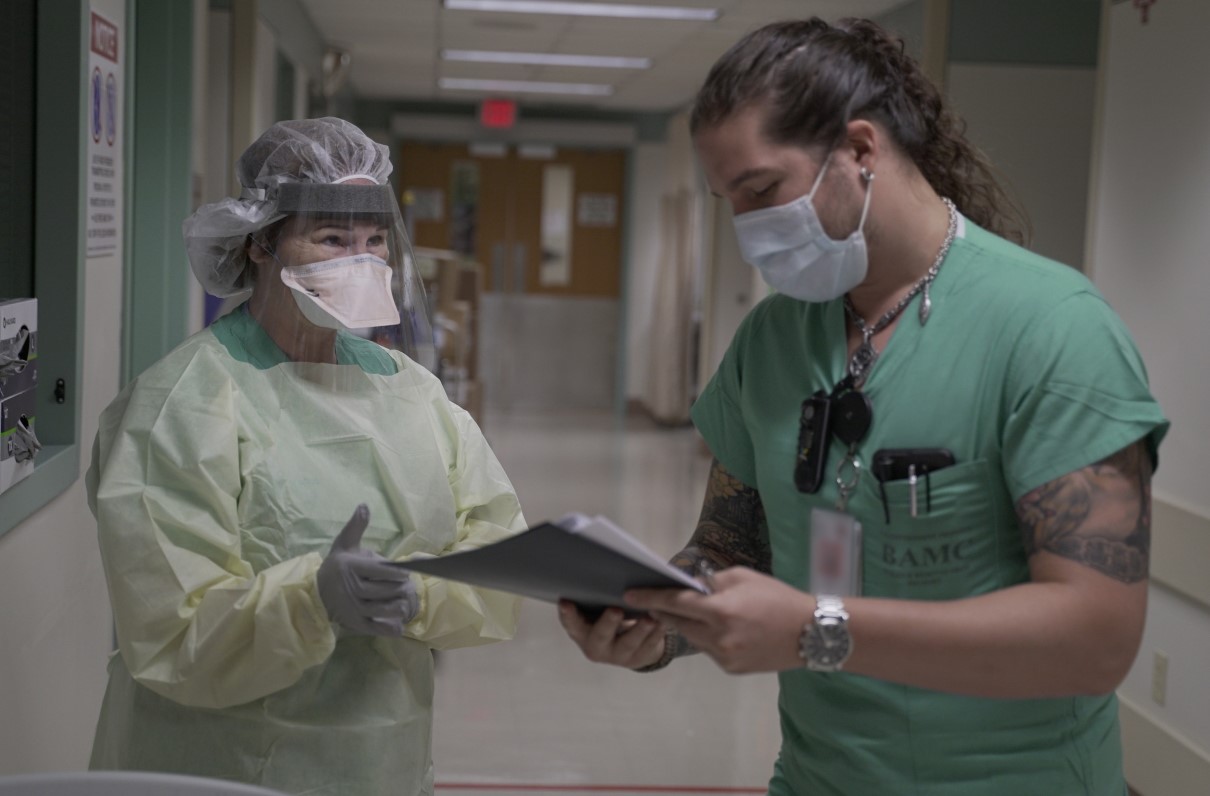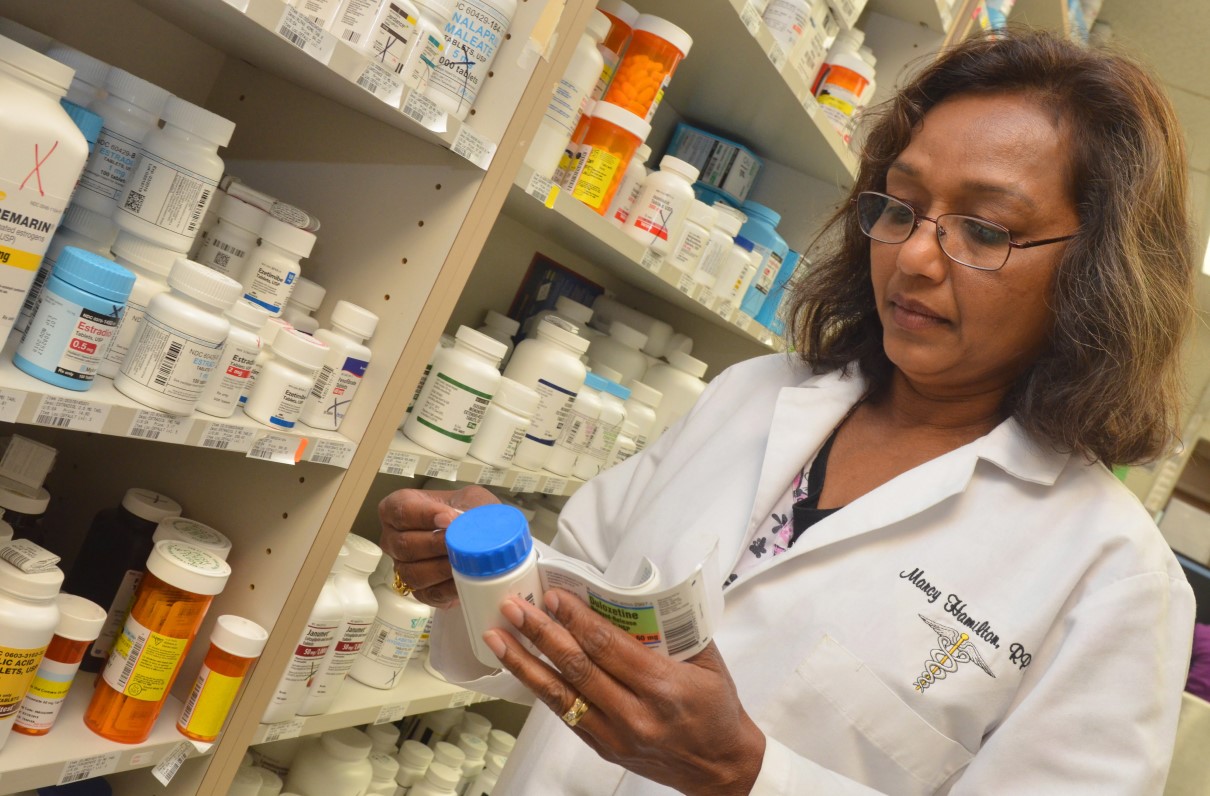Editor’s note: This article by Patricia Kime originally appeared on Military.com, a leading source of news for the military and veteran community.
With the Department of Defense's reorganization of its health system complete, the Defense Health Agency should reevaluate its administrative structure and focus on ensuring that military treatment facilities are fully staffed, according to the Government Accountability Office.
As part of military health system reforms launched by Congress in 2016, the focus of the military medical commands shifted to supporting mainly active-duty military personnel and training for military missions, while DHA was responsible largely for providing care to non-military beneficiaries in military facilities and streamlining programs like administration, information technology (IT), logistics and training that once existed in triplicate under the separate Army, Navy and Air Force medical commands.
The reforms also included the management transfer of roughly 700 military hospitals, clinics and dental clinics from the Army, Navy and Air Force, which was completed in November 2022.
[TAKE ACTION: Fight Cuts to the TRICARE Pharmacy Benefit]
With the arrangement, the military services are to provide personnel to staff hospitals and clinics while DHA is responsible for augmenting the uniformed providers with civilians or contractors, or shifting them from nearby military facilities.
But staffing military hospitals and clinics with uniformed providers has always been a challenge, given not only a nationwide shortage of doctors, but also the demands of military duty -- frequent training, deployments, permanent change of station (PCS) moves.
The COVID-19 pandemic also contributed to this strain, with providers called away to support the nationwide response to the pandemic.
DHA has been working to mitigate staffing shortfalls at those facilities, according to a Government Accountability Office report published Aug. 21, but the challenge has been enormous.
[RELATED: MOAA Talks TRICARE With Key Congressional Staff, Fellow Advocates]
In one case, at Naval Hospital Jacksonville, Florida, officials told GAO that the shortages were so bad, they expected they would not be able to provide around-the-clock services in the emergency room in the summers of 2022 and 2023.
The hospital was only able to keep the emergency room open 24/7 by using military providers from other military treatment facilities temporarily "despite Navy-wide shortages of such providers," according to the report.
The Defense Health Agency is working to fully staff facilities by shifting civilian providers from nearby facilities, forging agreements with the military services, establishing a new system for monitoring human capital and instituting a new program to track and analyze staff shortages, according to GAO.
But while it is focused on improving staffing at the hospital and clinic level, it has not reviewed the number of personnel it needs to staff the administrative structure that oversees these facilities.
And that, GAO auditors said, may be problematic.
[RELATED: Higher TRICARE Fees Part of Testimony From Congressional Budget Office]
DHA has clustered hospitals and affiliated clinics into 36 "markets" overseen by 22 offices, with a staffing requirement of more than 1,400 people, a vast increase from 2018, when DHA envisioned two regions with two offices each.
GAO said the Defense Health Agency needs to reevaluate this structure, because the estimate of 1,400 personnel in 22 offices "could be higher than needed and exceeds expected budgetary and personnel resources."
"Until DOD reevaluates the efficiency of the market structure and updates personnel requirements, DOD may risk not accomplishing its vision for an integrated health delivery system that efficiently uses available personnel and budgetary resources," GAO auditors wrote in the report.
GAO noted that its analysis of the Defense Health Program budget, which encompasses the Defense Health Agency, the military treatment facilities and non-military health-care programs like Tricare, in addition to all overhead, has shown that in terms of military treatment facility operations, the budget has remained constant when adjusted for inflation.
[RELATED: Here’s How Much TRICARE Pharmacy Prescription Prices Will Rise Next Year]
DoD officials told the GAO that the transition is likely to lead to future savings as the Defense Health Agency matures, but GAO found that the extent to which the Defense Department has realized or will realize savings is "unclear."
GAO recommended that DoD reevaluate its market management structure and establish performance goals for the reform initiatives and for monitoring savings.
The Defense Department noted that it is currently reviewing the market-based management organization and partially agreed with the recommendations for setting performance goals.
The leadership now in place is responsible for ensuring the undertaken reform initiatives improve "readiness, clinical outcomes, patient safety and patient experience," wrote Seileen Mullen, the principal deputy assistant secretary of defense for health affairs, in the DoD response to the report.
More Members Mean More Influence Over Our Health Care
Get involved and make sure your interests are addressed. Because the larger our voice is, the greater our impact will be.


